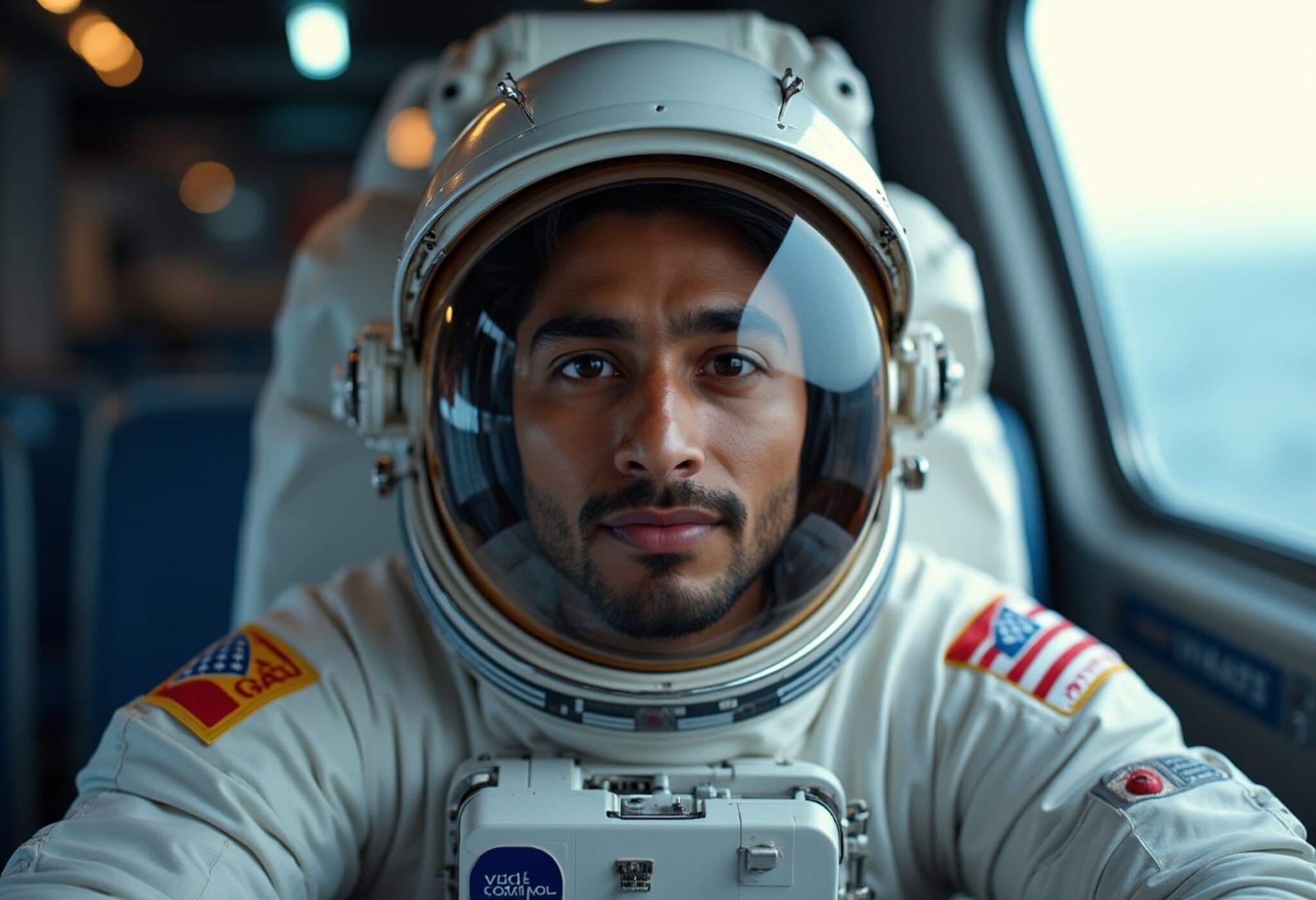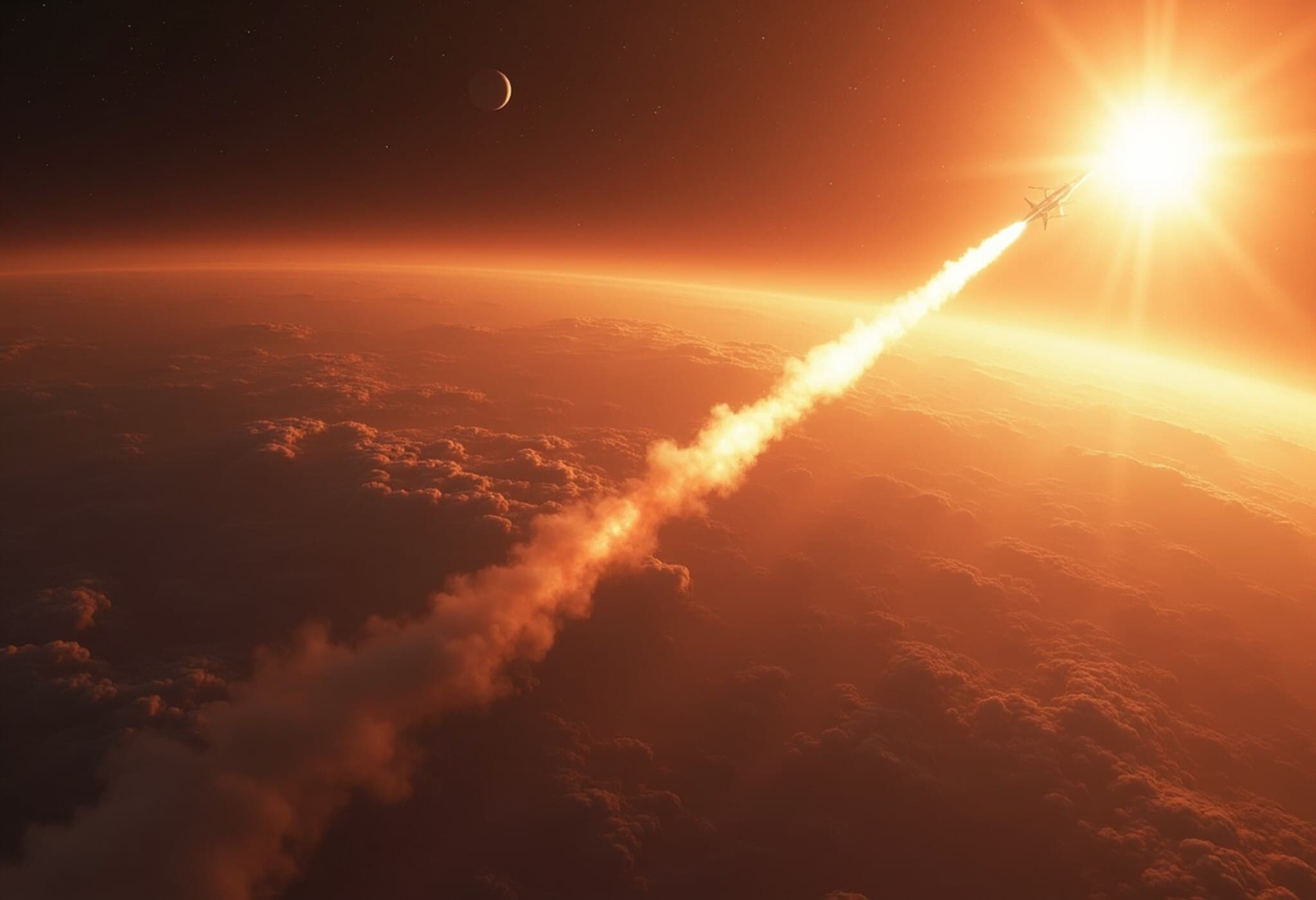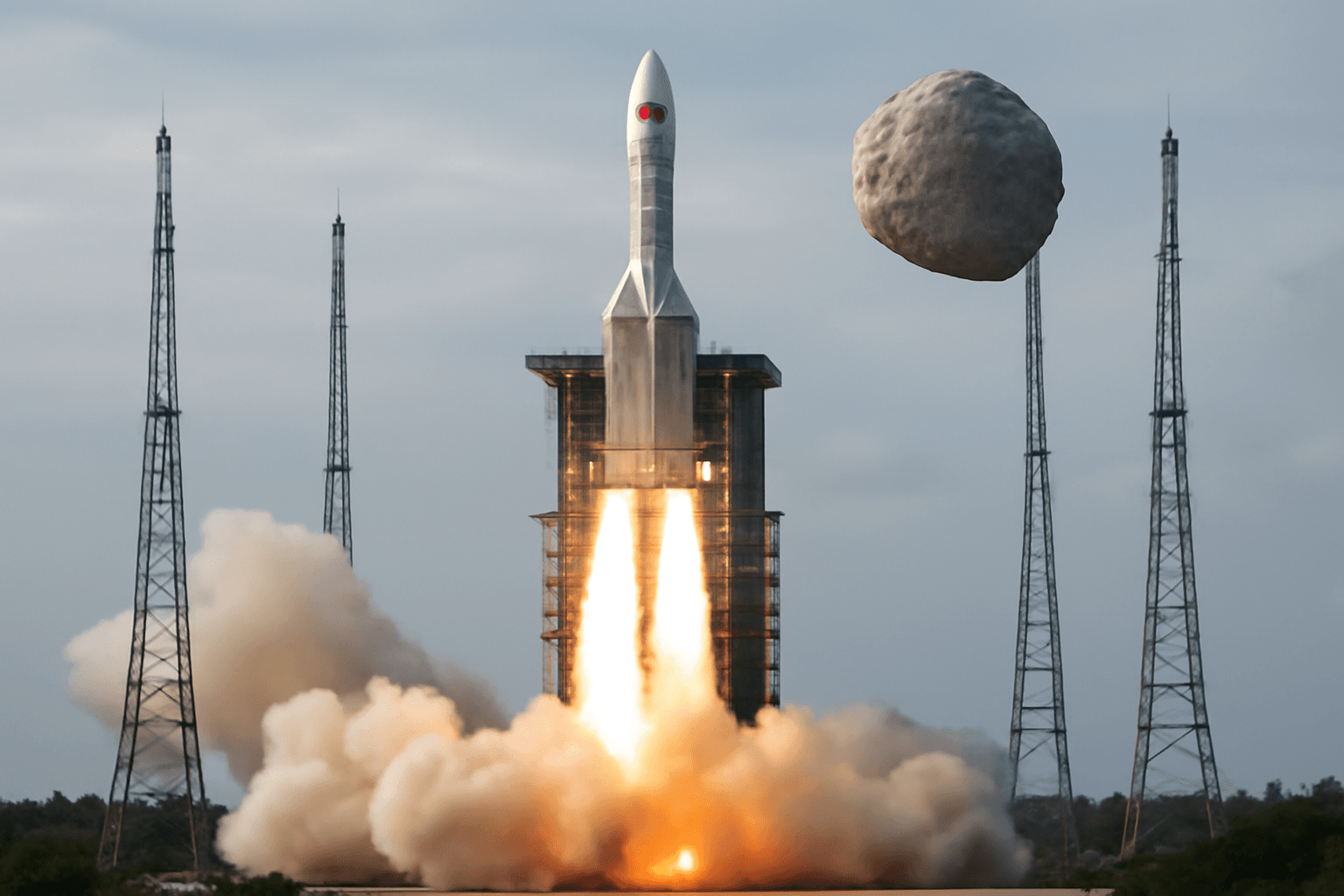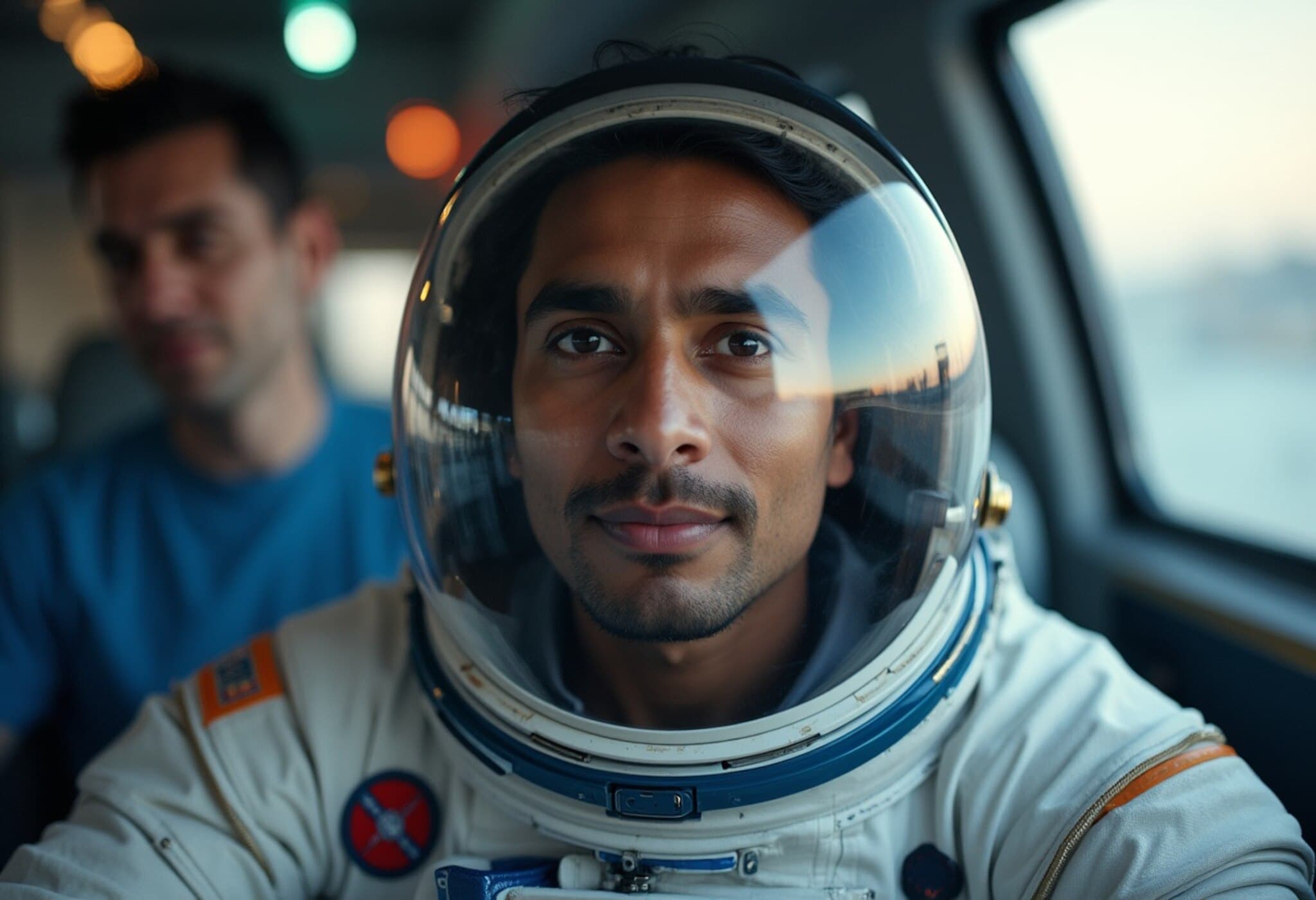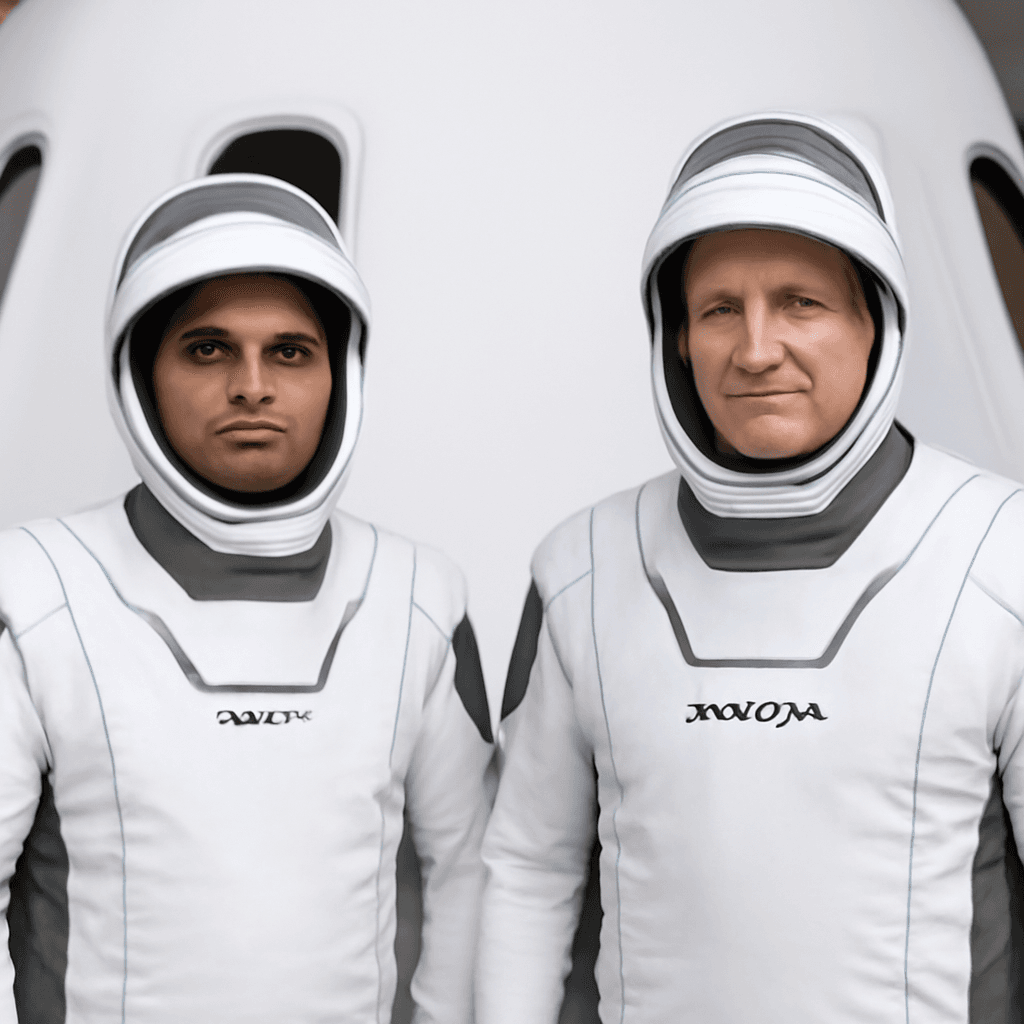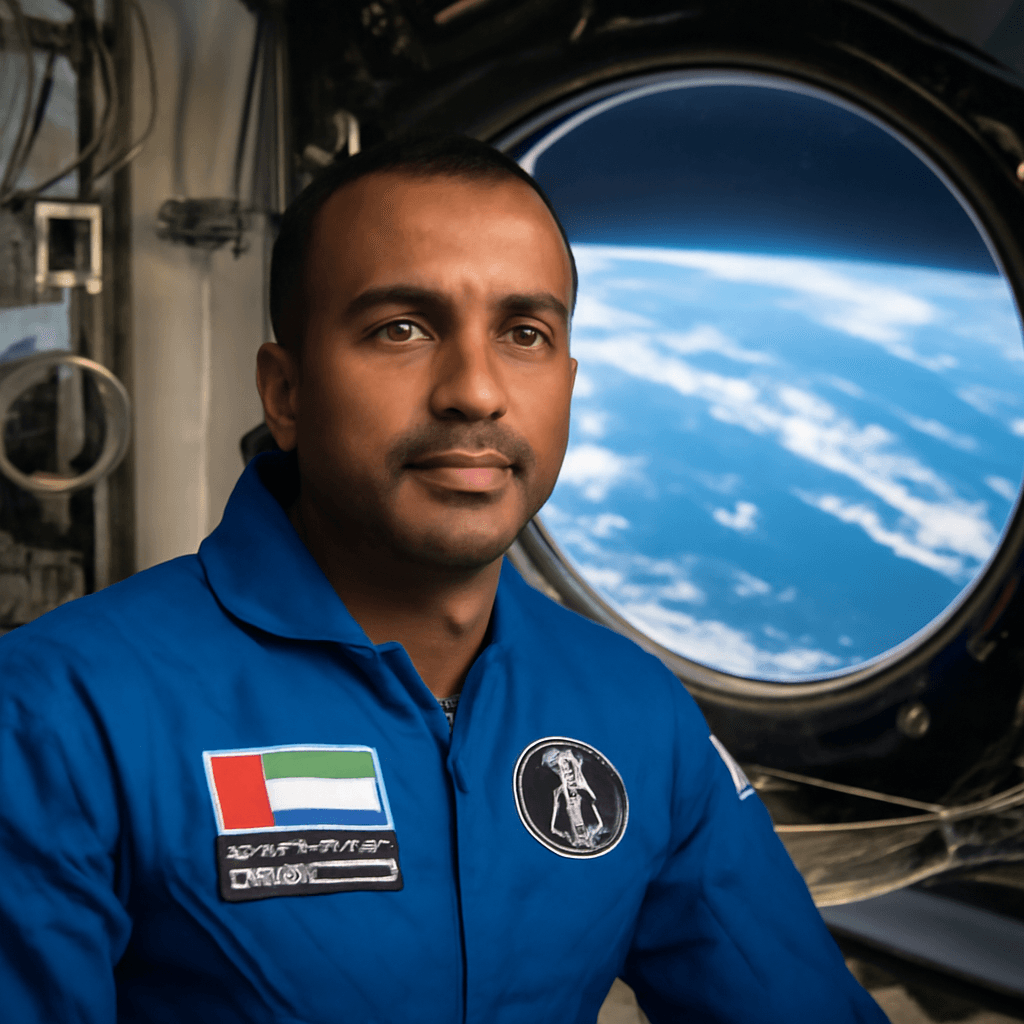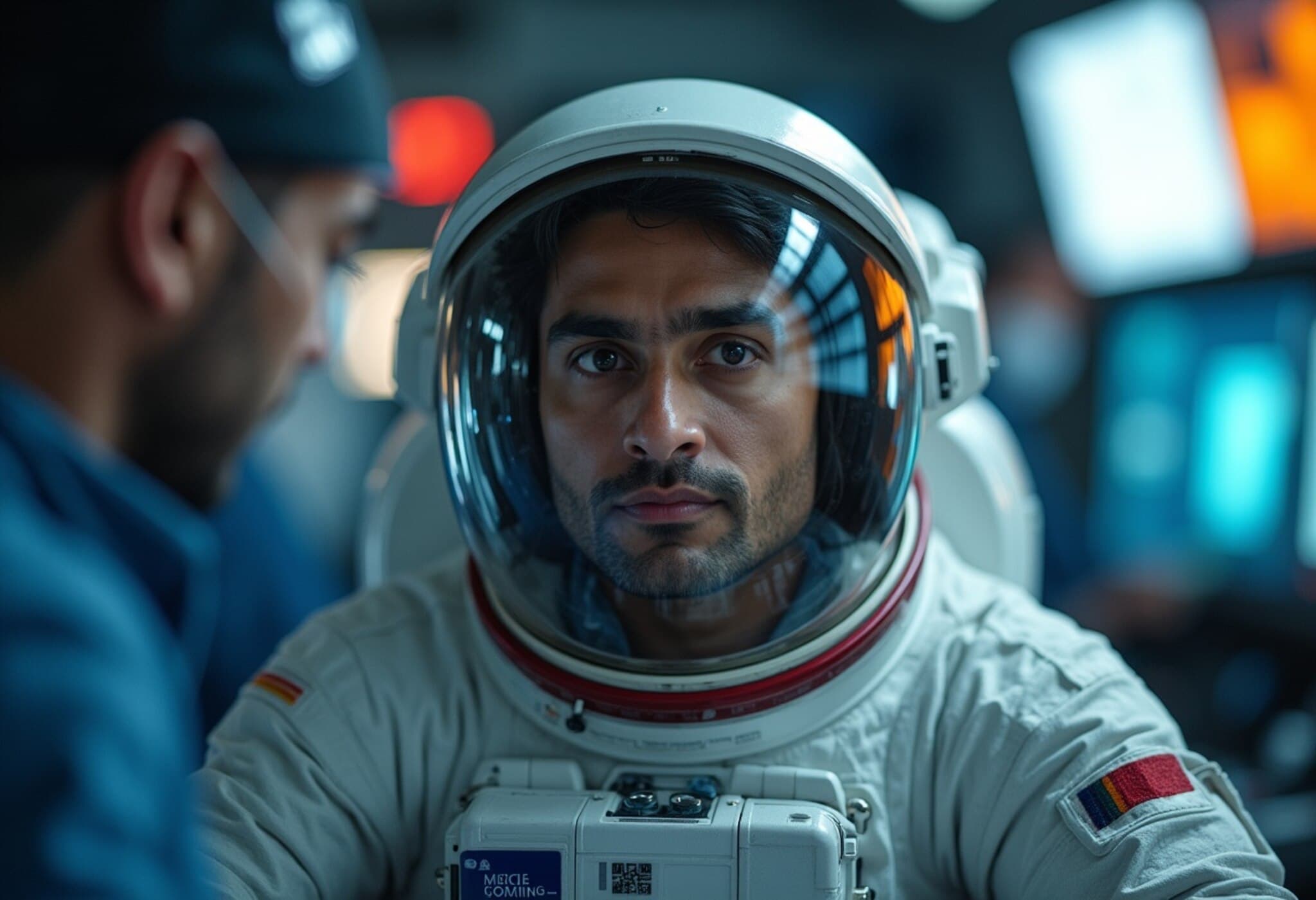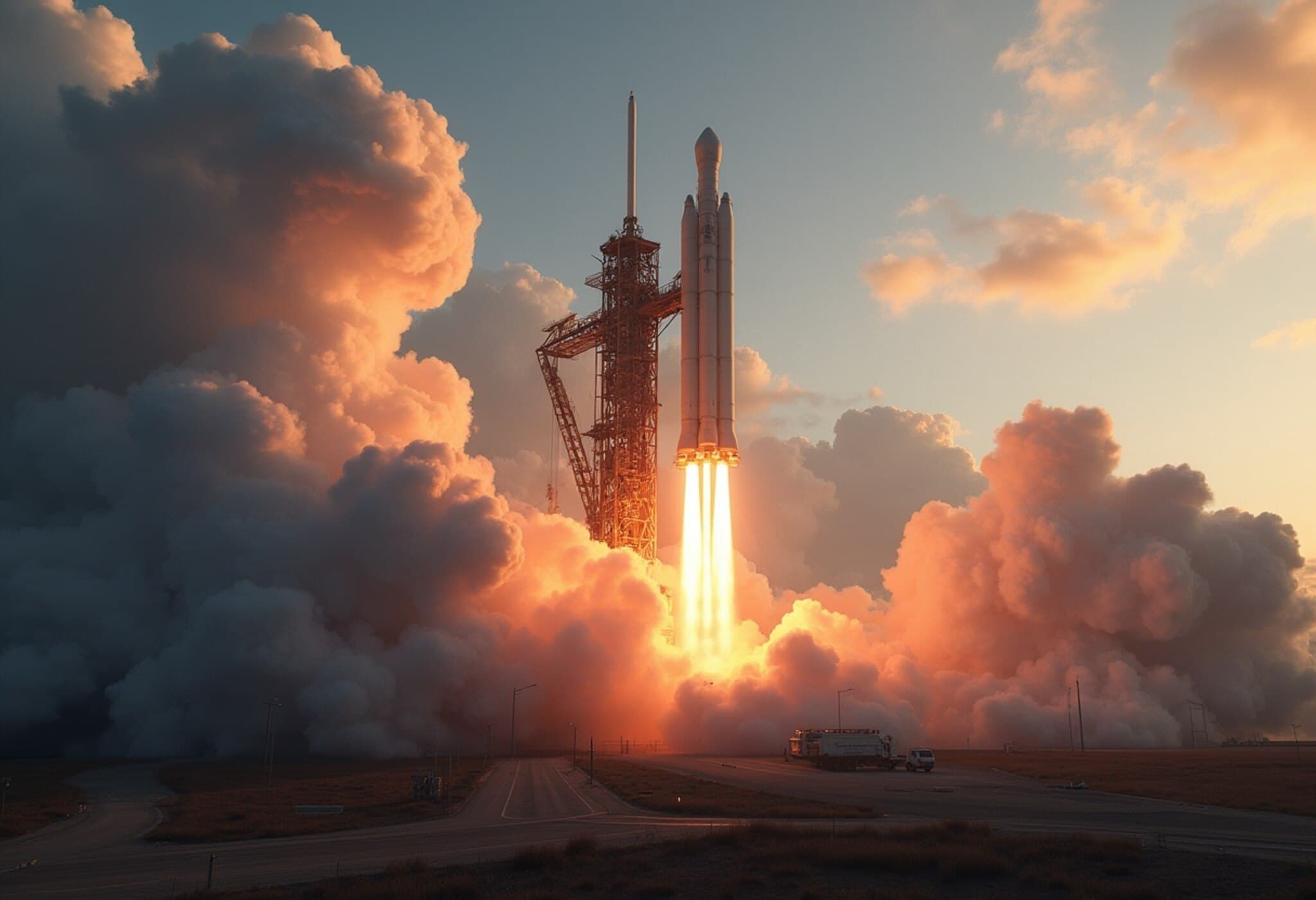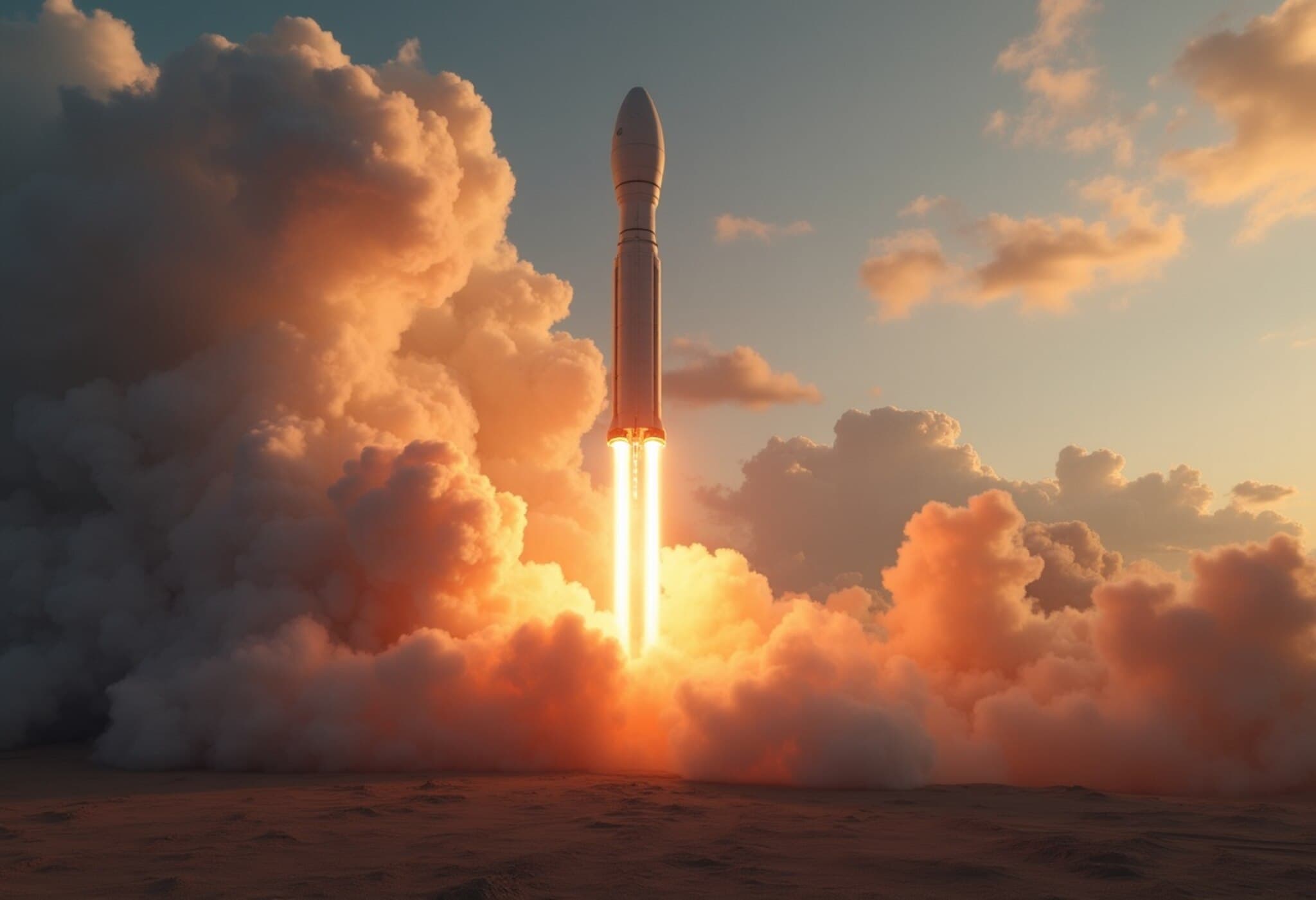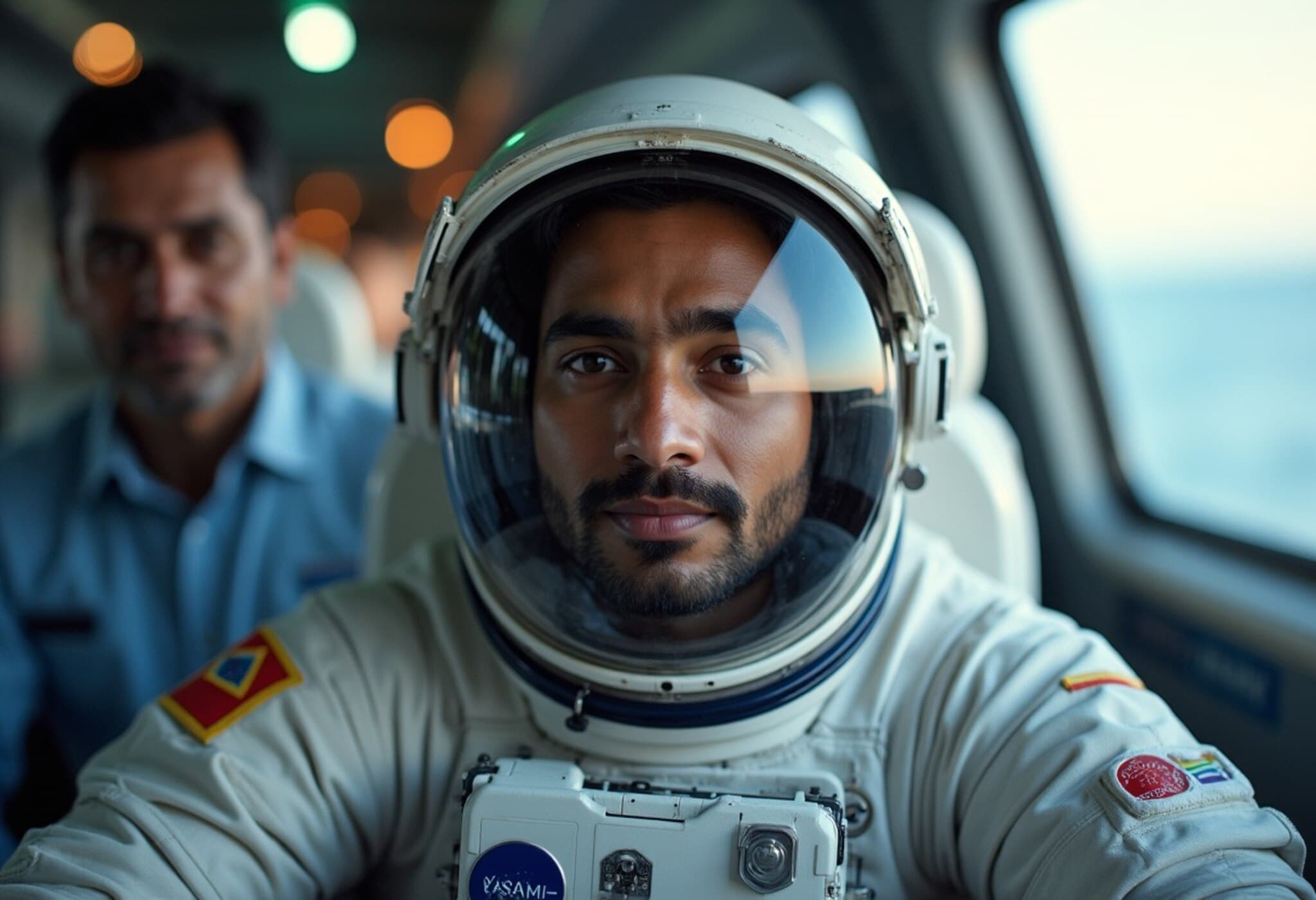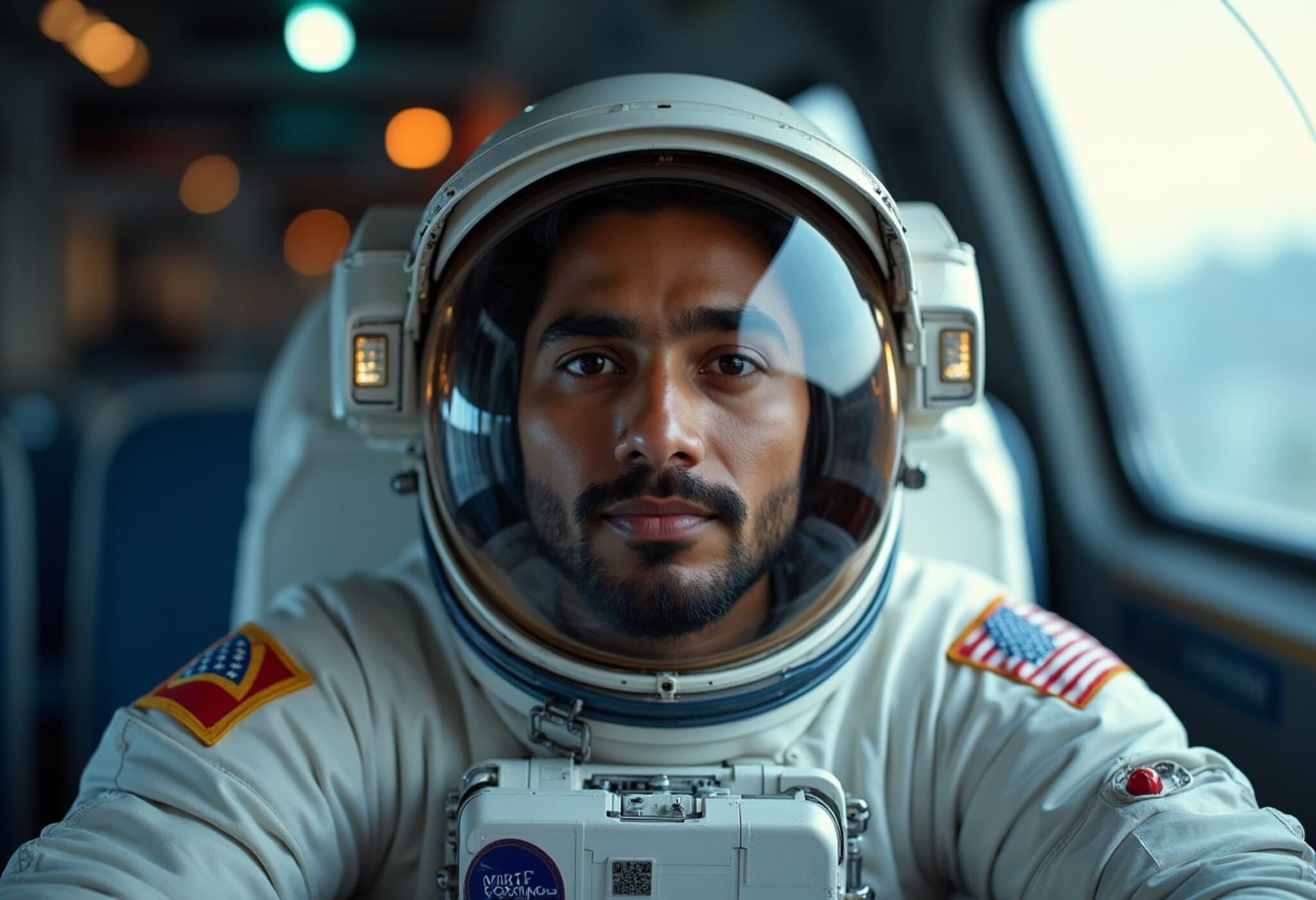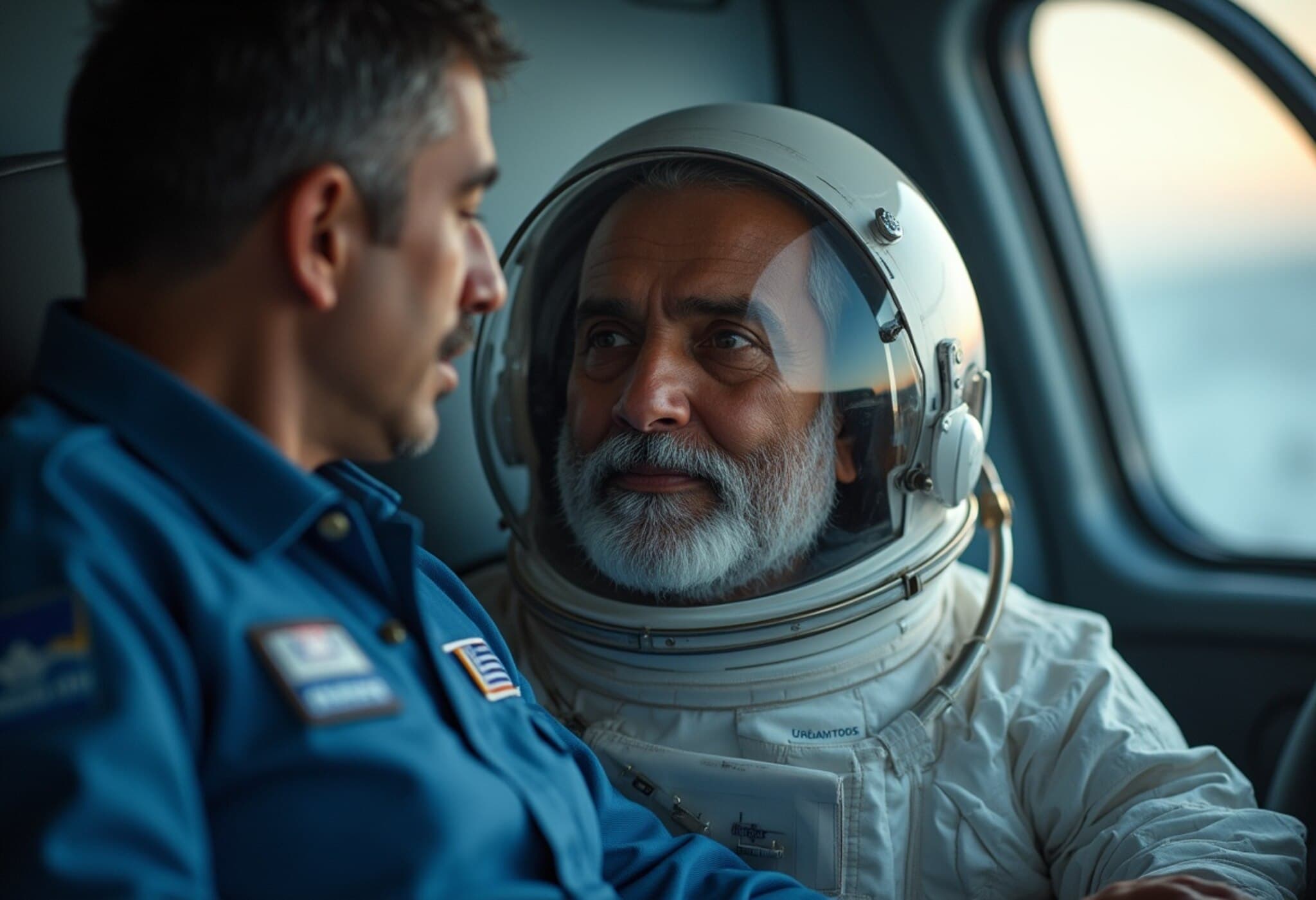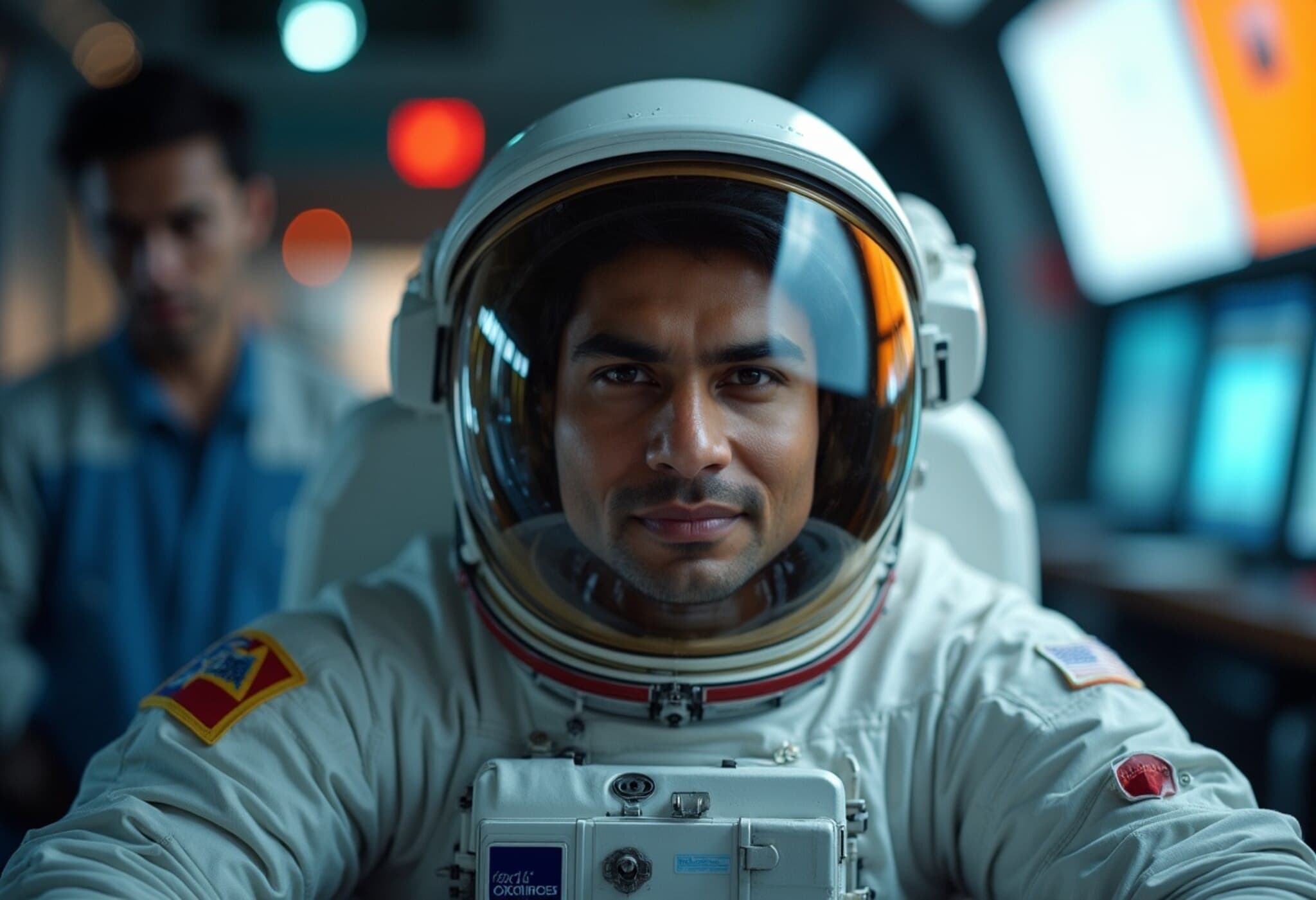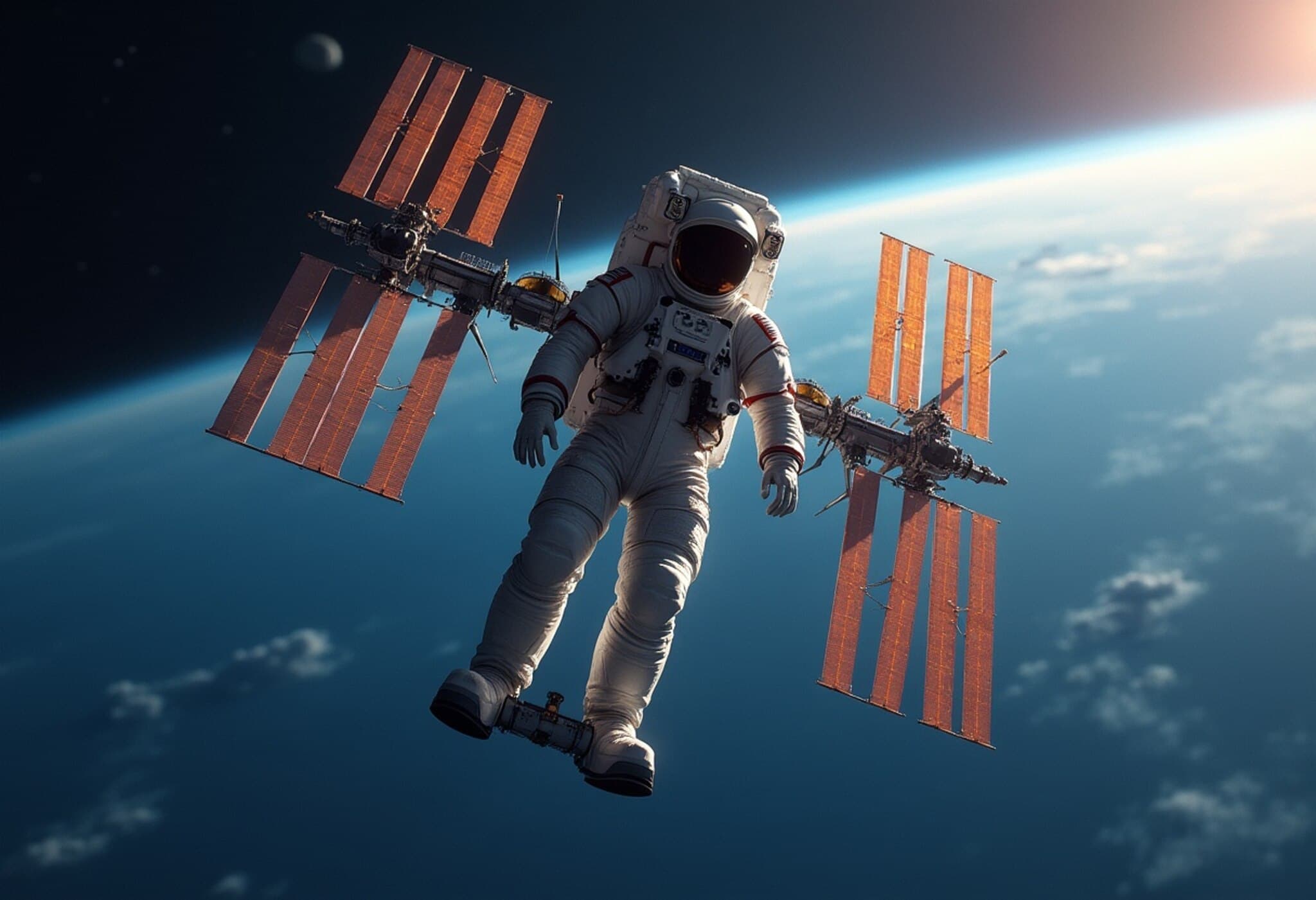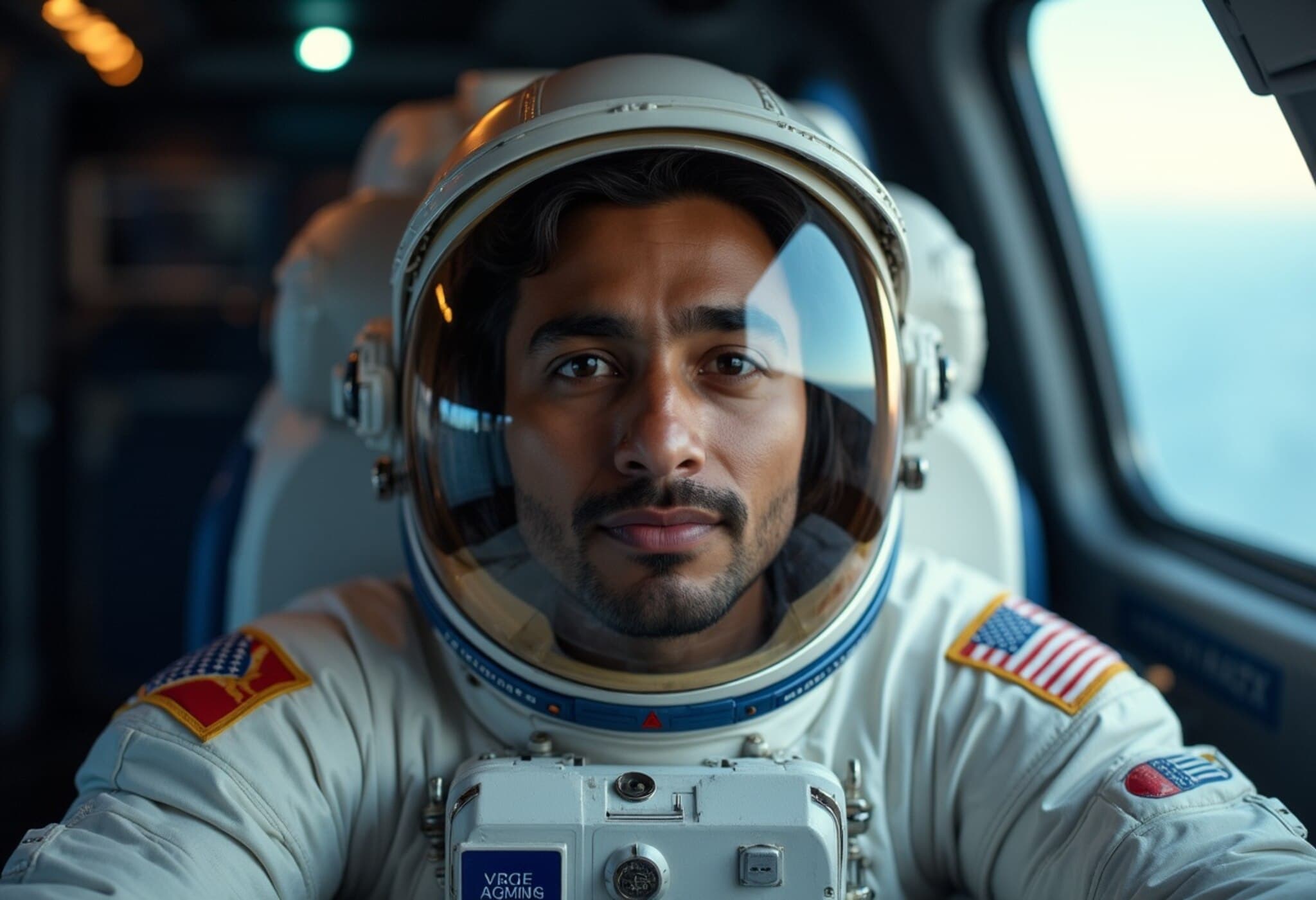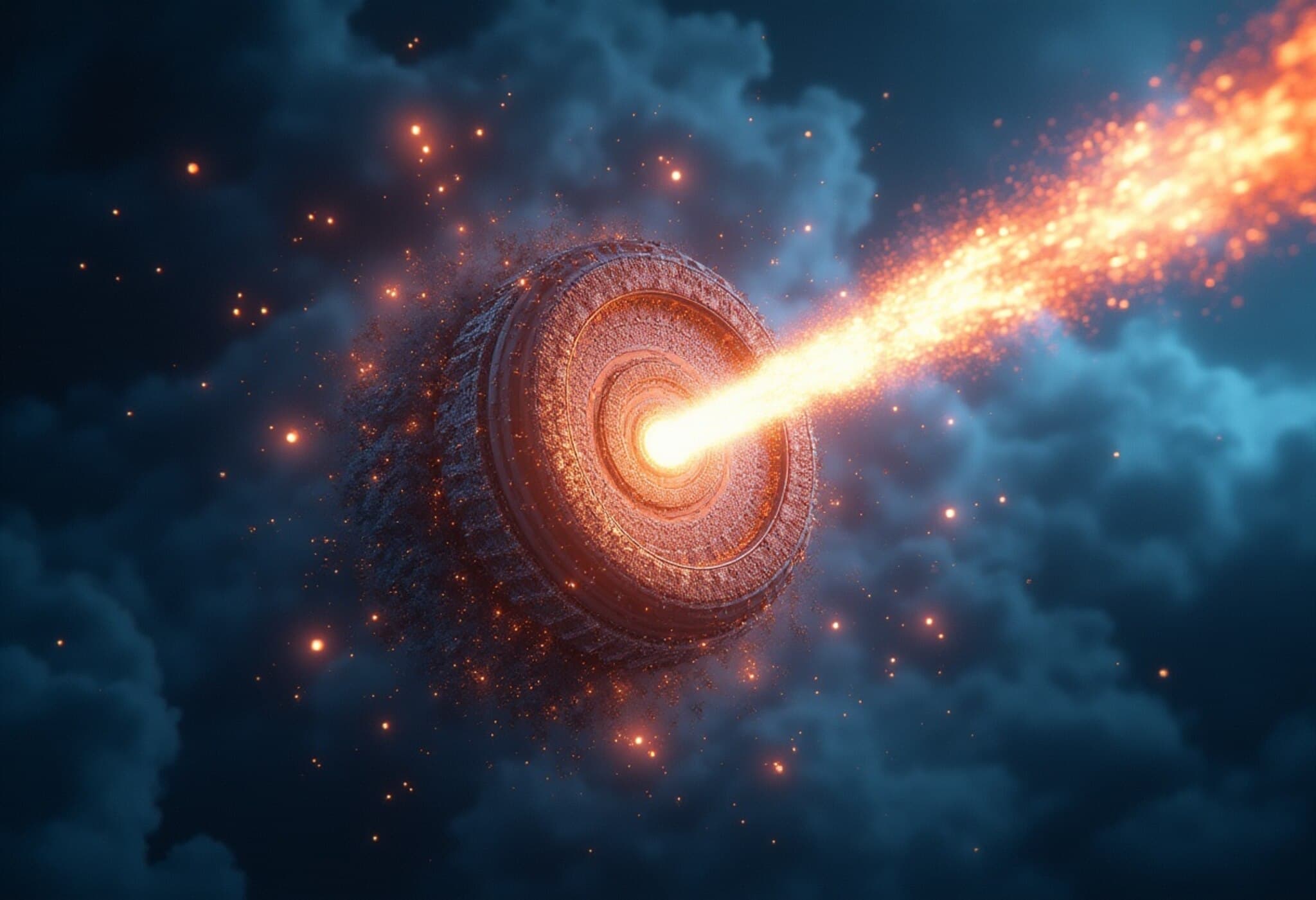India's Sudhanshu Shukla Set to Make History Aboard the ISS
Sudhanshu Shukla is poised to become the first Indian astronaut to visit the International Space Station (ISS), marking a milestone in the country's presence in space exploration. Although the Axiom-4 mission was scheduled for launch on June 10, 2025, it faced a delay due to a liquid oxygen leak detected in the Falcon-9 rocket by SpaceX. The team behind the mission remains committed to fixing the issue and launching as soon as conditions are optimal.
Meet the Axiom-4 Crew
The mission crew comprises four members:
- Sudhanshu Shukla – Indian astronaut and mission specialist
- Peggy Whitson – Mission Commander with extensive spaceflight experience
- Tigor Kapu – Mission Specialist from Hungary
- Slawosz Uznanski-Wisniewski – Mission Specialist from Poland
From Launchpad to Orbit: The Launch Process Explained
The launch unfolds from the iconic Launch Complex 39A at NASA’s Kennedy Space Center in Florida — a historic site famously used for Apollo Moon missions.
Fueling and Final Preparations
Approximately 35 minutes before liftoff, the fueling process begins, involving the loading of supercooled liquid oxygen and RP-1 kerosene into the Falcon-9 rocket. This critical step only commences once clearance is given by the Launch Director. At T-minus 5 minutes, the Crew Dragon spacecraft switches to internal power to prepare for the journey ahead.
Liftoff and Rocket Ascent
At zero on the countdown clock, Falcon-9's nine Merlin engines roar to life, propelling the rocket skyward. Within just over a minute, the rocket surpasses the speed of sound, and it encounters 'Max Q' — the peak of aerodynamic pressure on the vehicle — at approximately 57 seconds into flight.
Stage Separation and Orbital Insertion
About 2.5 minutes after liftoff, the first stage of the Falcon-9 concludes its burn and detaches, returning safely to Earth to land upright on a drone ship stationed in the Atlantic Ocean. Meanwhile, the second stage ignites to continue pushing the Crew Dragon spacecraft toward orbit.
Spacecraft Independence and Orbit Maneuvers
Roughly 10 minutes after launch, Crew Dragon separates from the second stage and begins flying autonomously. It deploys its nose cone, revealing navigation sensors essential for the upcoming docking procedure.
Rather than heading straight to the ISS, the spacecraft executes a carefully choreographed series of engine burns over 20 to 24 hours. These maneuvers ensure Dragon quietly adjusts its altitude and velocity to align with the ISS’s orbit.
The Final Approach and Docking with ISS
As Dragon nears the space station, it pauses at multiple checkpoints, verifying navigation and safety systems. Ultimately, the spacecraft gently docks with the ISS. Ground teams then carry out a series of rigorous safety checks, including leak tests.
Once pressure equalizes inside the docked spacecraft and the station, the hatches open, and the crew steps inside to begin their mission aboard the ISS.
Looking Ahead
While the launch delay is a temporary setback, the meticulous steps leading to Sudhanshu Shukla's historic journey highlight just how complex and precise space missions remain. With the technical issues resolved, the world eagerly awaits the moment when this pioneering mission will finally lift off, ushering a new chapter for India's presence in human spaceflight.


